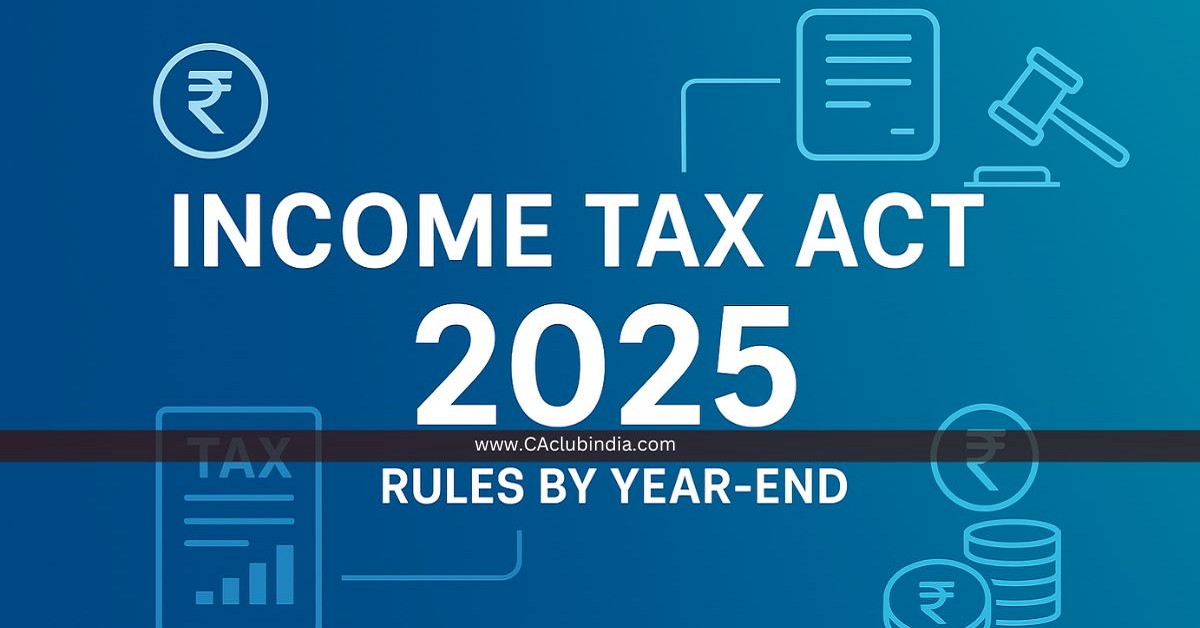With the Income Tax Act, 2025 notified last week and set to take effect from April 1, 2026, the Income Tax Department has begun drafting rules and forms to align with the new law. According to Ramesh Narain Parbat, Member (Legislation), Central Board of Direct Taxes (CBDT), the aim is to ensure simplified language, clarity and common terminology, mirroring the drafting approach of the new Act.

The Department also plans to release a standard operating procedure (SOP) for handling digital data under the new law. The Act explicitly defines the powers of tax authorities to access information during surveys, searches and seizures, covering email servers, social media accounts, online trading and banking platforms, cloud servers and digital applications.
Parbat clarified that there is no expansion of powers under the new framework, only clearer articulation. "These powers were already there; they are now written in an explicit form," he said, stressing that privacy safeguards remain intact under Section 258 of the new Act, similar to Section 138 of the old law.
The rules drafting committee, set up in February when the Bill was tabled in Lok Sabha, has engaged in extensive stakeholder consultations, receiving thousands of suggestions from trade and professional bodies. The scrutiny process is now underway with the TPL (Tax Policy & Legislation) division and Systems unit working jointly to finalise the framework.
Parbat confirmed that new forms and returns will be ready in line with filing deadlines, with some required as early as FY 2025-26 (e.g., TDS/TCS returns) and others, like income tax returns, applicable from FY 2026-27.
Significantly, the new law introduces the concept of a "tax year", replacing the current assessment year terminology. Under this, the tax year will represent the year in which income is earned, while returns will continue to be filed the following year.
Highlighting the ease of compliance, Parbat said: "The simple language of the new Income Tax Act will help minimise disputes and reduce interpretational issues. Even a common taxpayer can read and understand it."






 CAclubindia
CAclubindia
